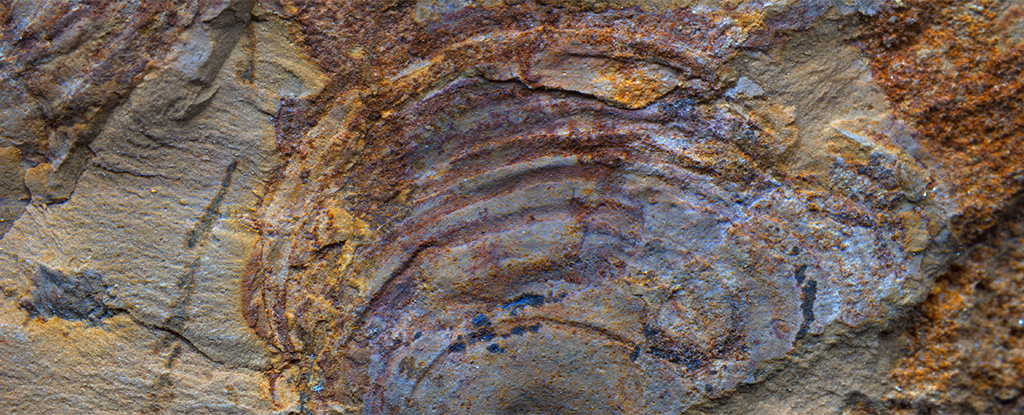Earth news stories
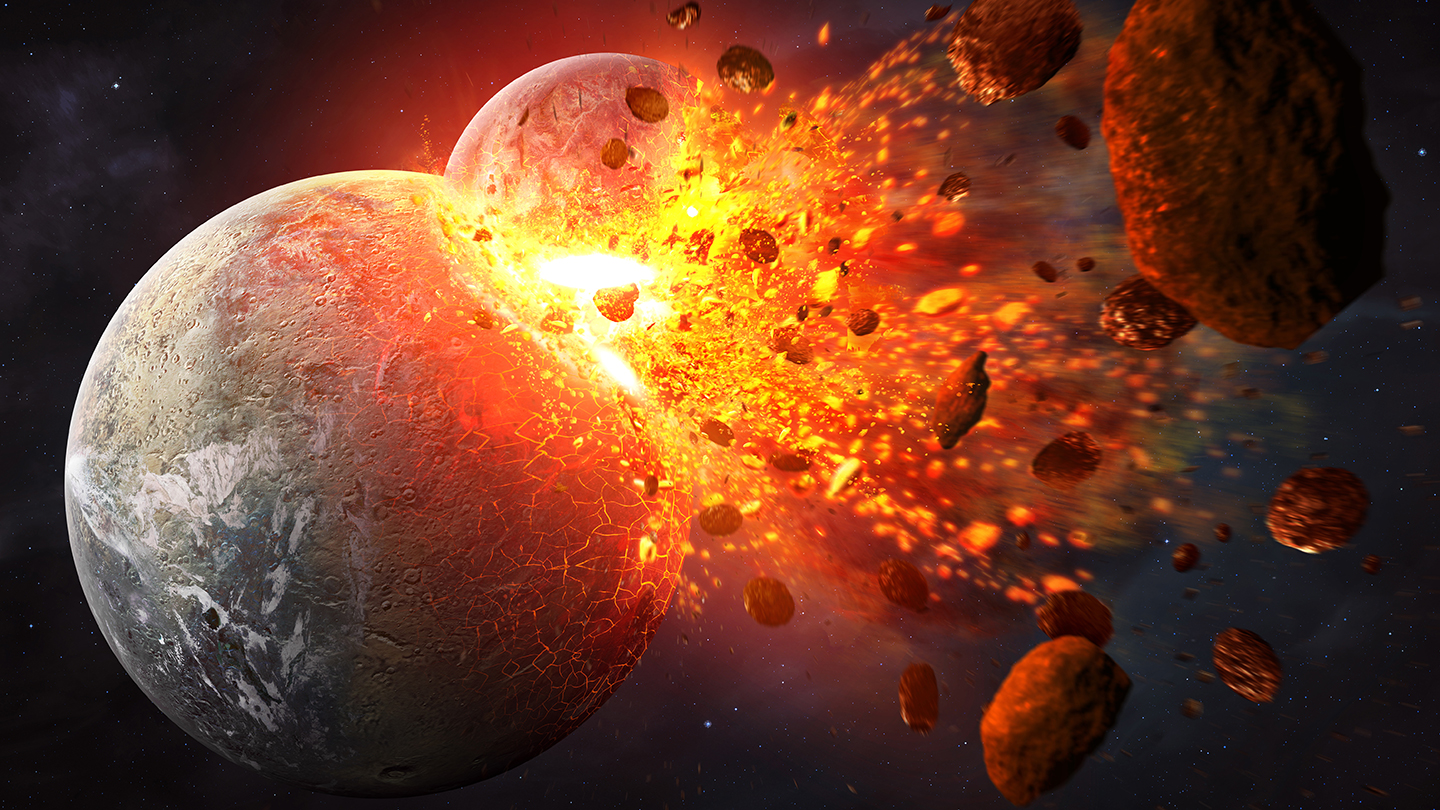
Vestiges of a moon-forming cataclysm could have kick-started plate tectonics on Earth. See research here.
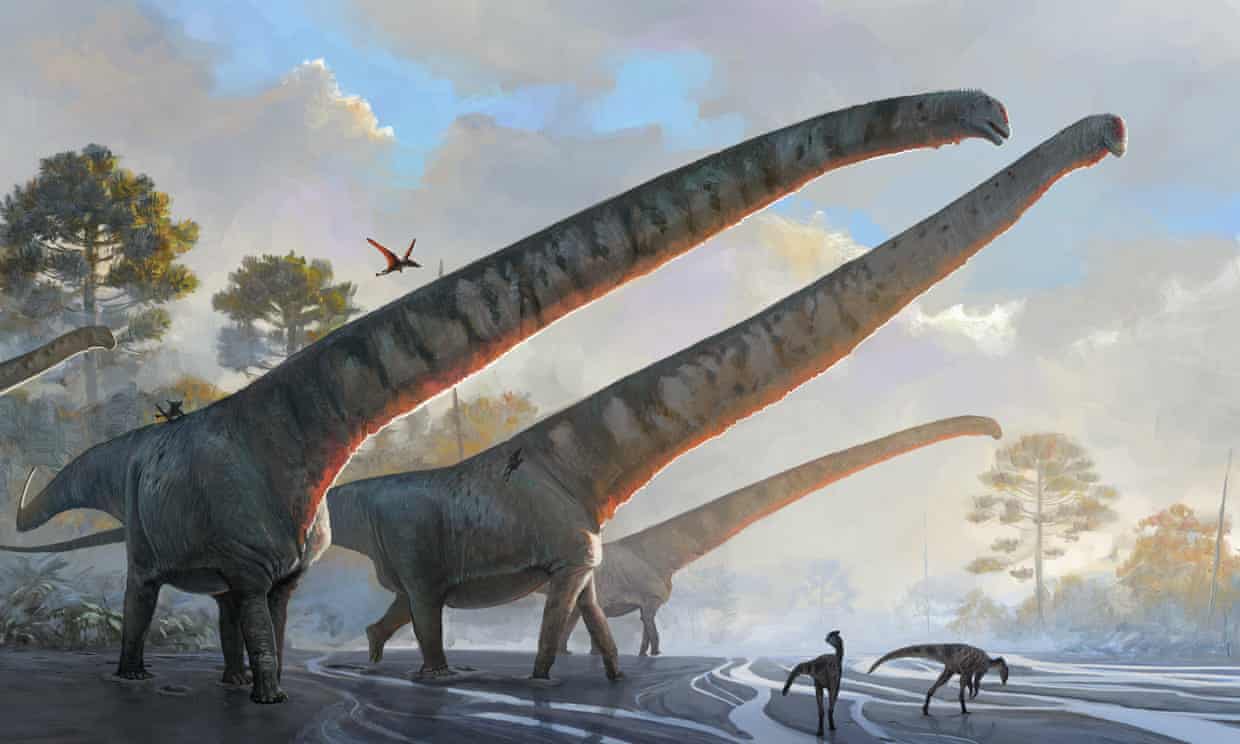
A dinosaur that roamed east Asia more than 160m years ago has been named a contender for the animal with the longest neck ever known.
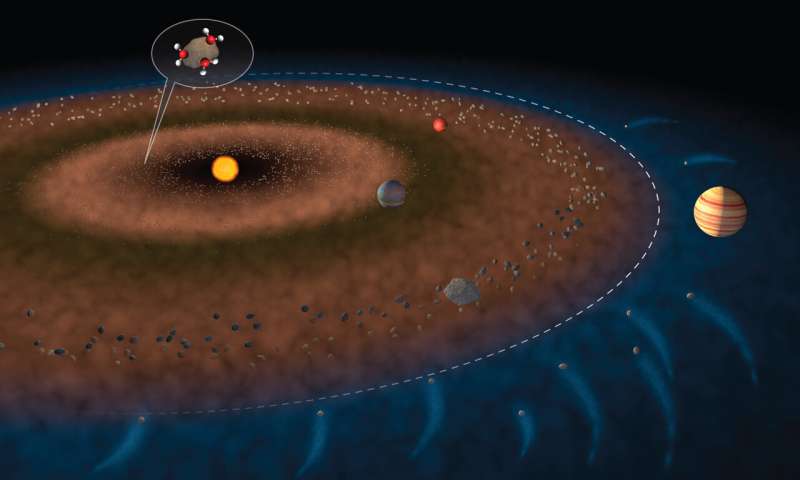
A new study published in the journal Nature brings scientists one step closer to answering that question. Led by the University of Maryland Assistant Professor of Geology Megan Newcombe, researchers analyzed melted meteorites that had been floating around in space since the solar system’s formation 4 1/2 billion years ago.
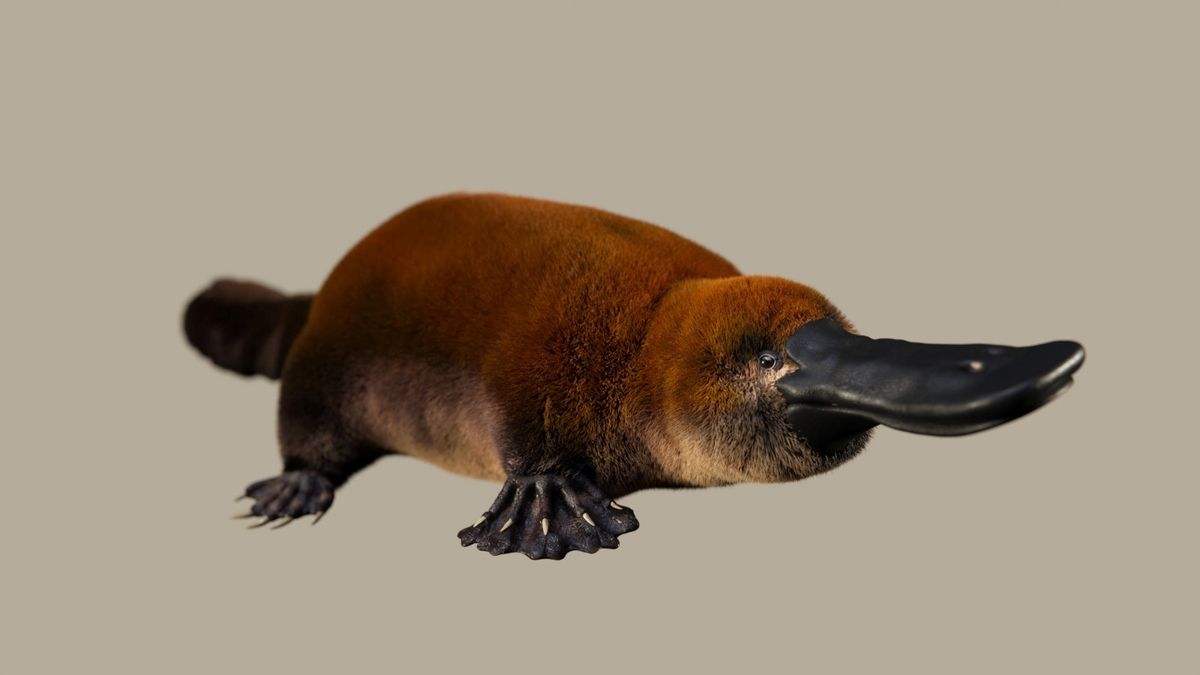
Fossils of a 70 million-year-old platypus relative called Patagorhynchus pascuali found in South America show that egg-laying mammals evolved on more than one continent.

Nations have reached a historic agreement to protect the world’s oceans following 10 years of negotiations. The High Seas Treaty aims to place 30% of the seas into protected areas by 2030, to safeguard and recuperate marine nature.
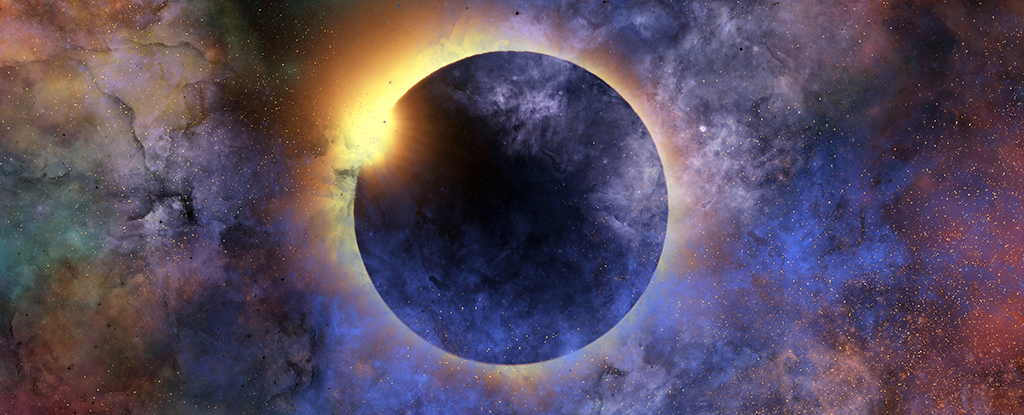
Together, amino acids form proteins that play many vital roles in organisms. This new study was designed to help establish why a specific group of 20 ‘canonical’ amino acids is used again and again to build proteins when there are so many more of these amino acids to pick from.
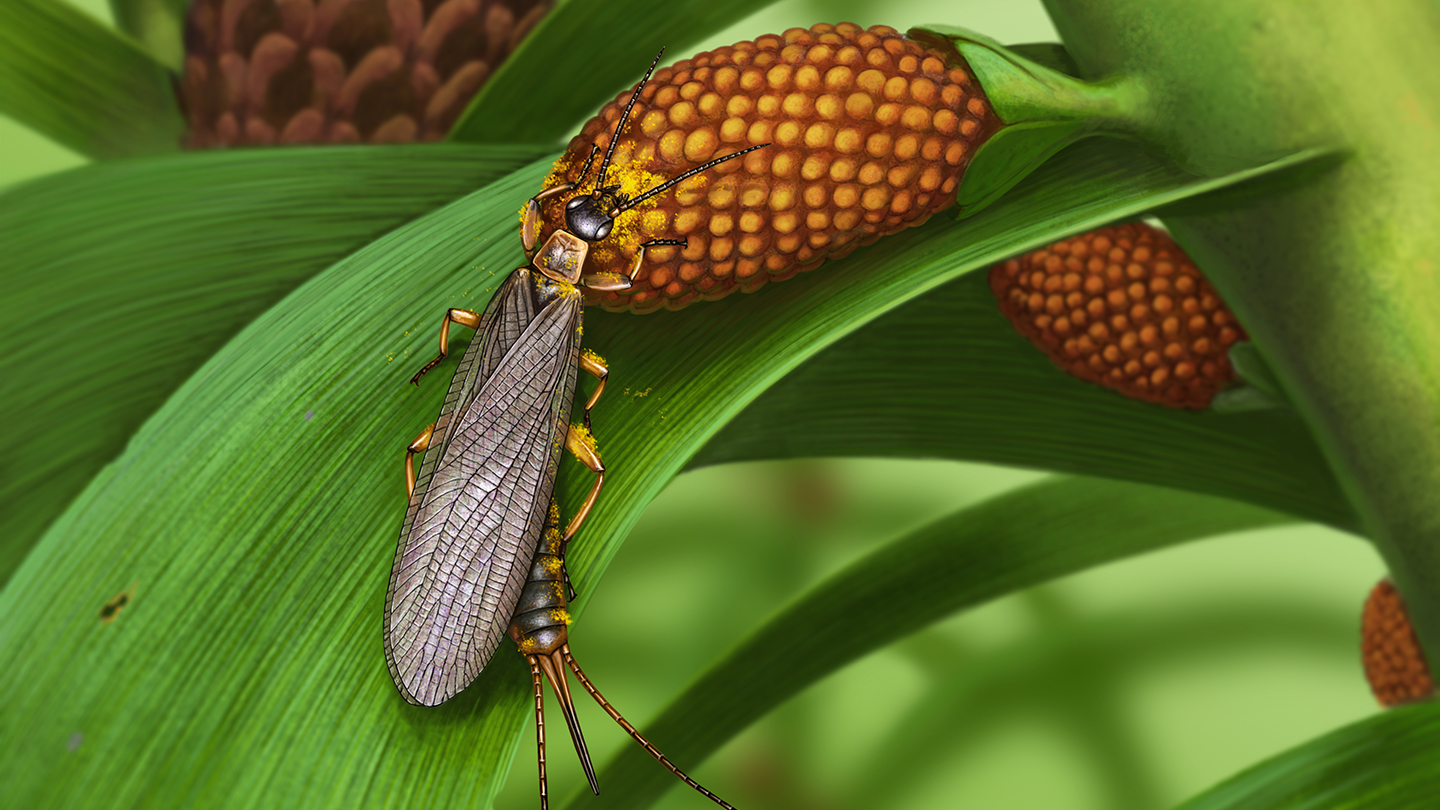
The oldest known fossils of pollen-laden insects are of earwig-like ground-dwellers that lived in what is now Russia about 280 million years ago, researchers report. Their finding pushes back the fossil record of insects transporting pollen from one plant to another, a key aspect of modern-day pollination, by about 120 million years.
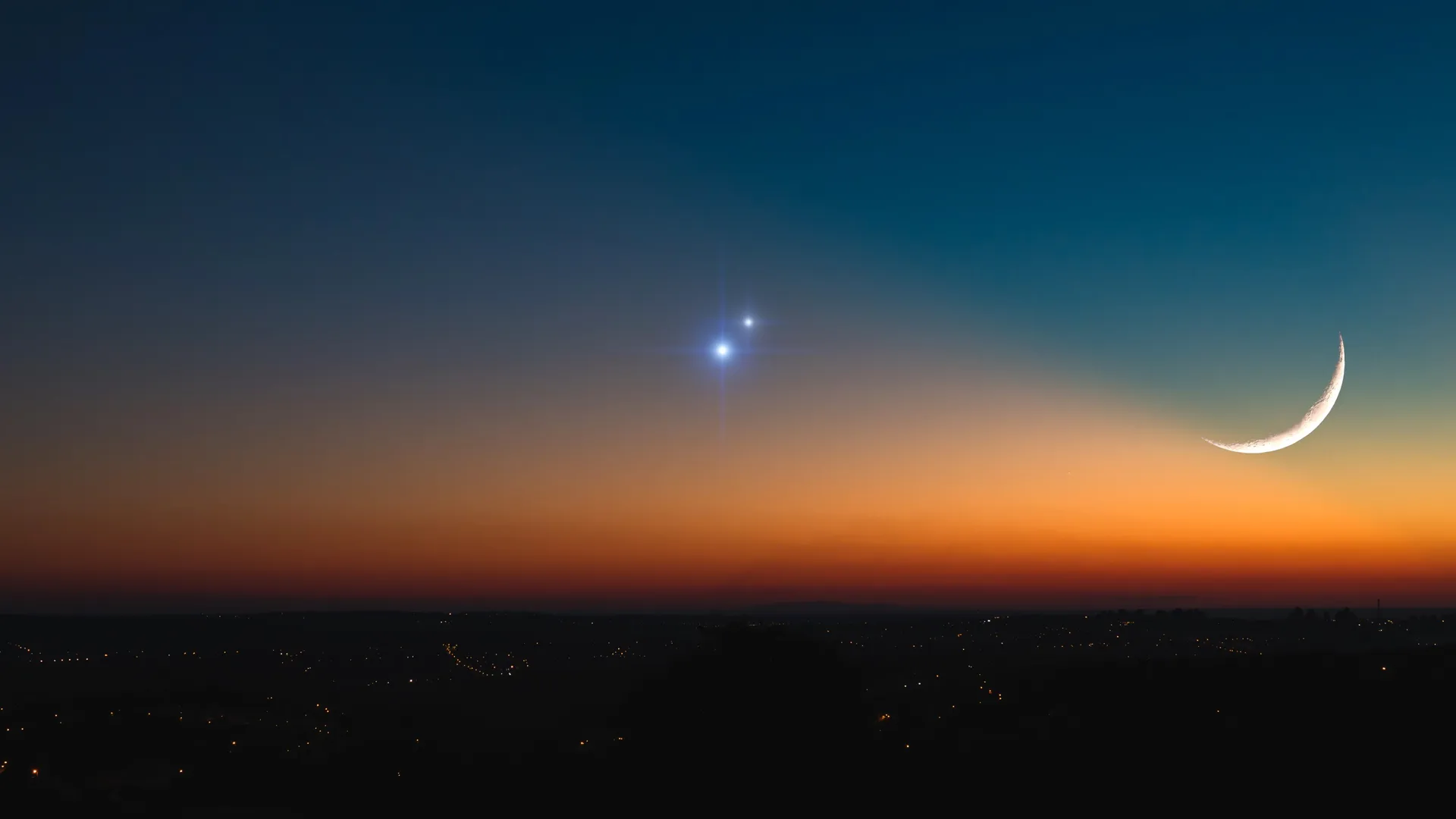
On March 1 and 2, Jupiter and Venus will appear side by side in the night sky in an event called a conjunction, which is visible without a telescope or binoculars.
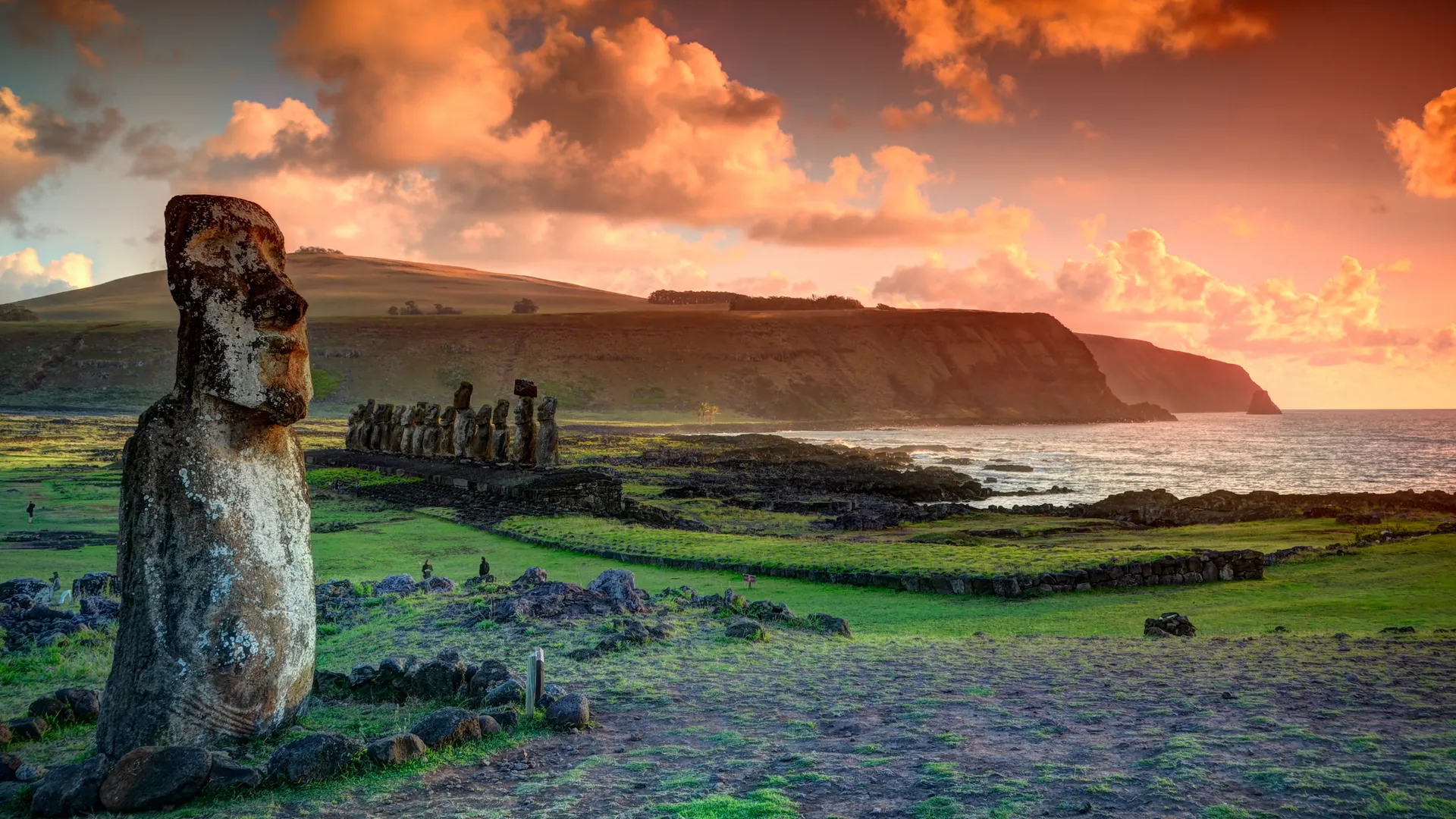
A newly discovered Moai statue on Easter Island has been found buried in a dried up lake bed.
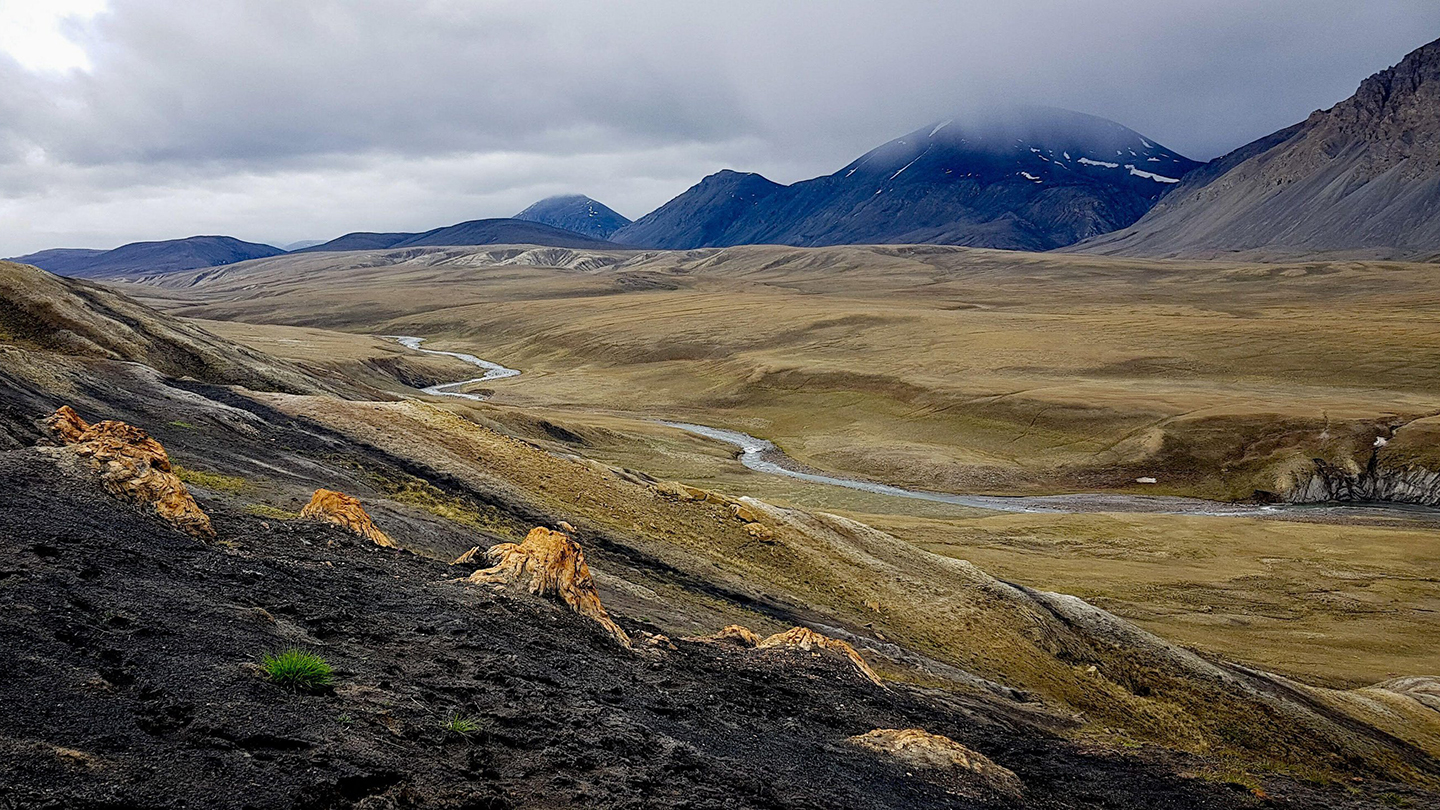
The Arctic today is a hostile place for most primates. But a series of fossils found since the 1970s suggest that wasn’t always the case. See study here.
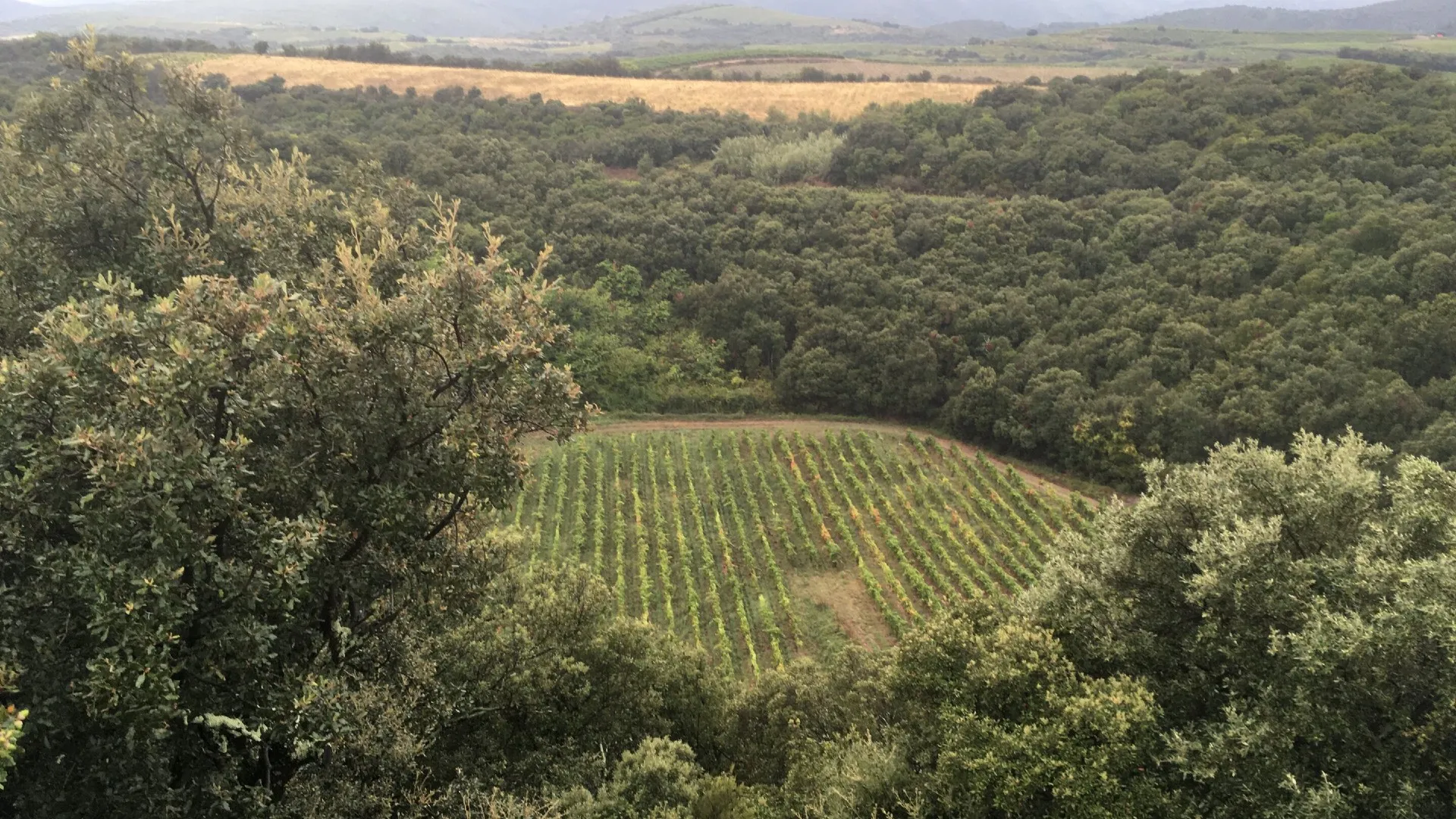
A circular depression that holds a vineyard in a French winery is actually an old impact crater, new research finds. The new research did not give an estimate of the crater’s age. However, the winery website estimates that the crater impact occurred around 10,000 years ago.
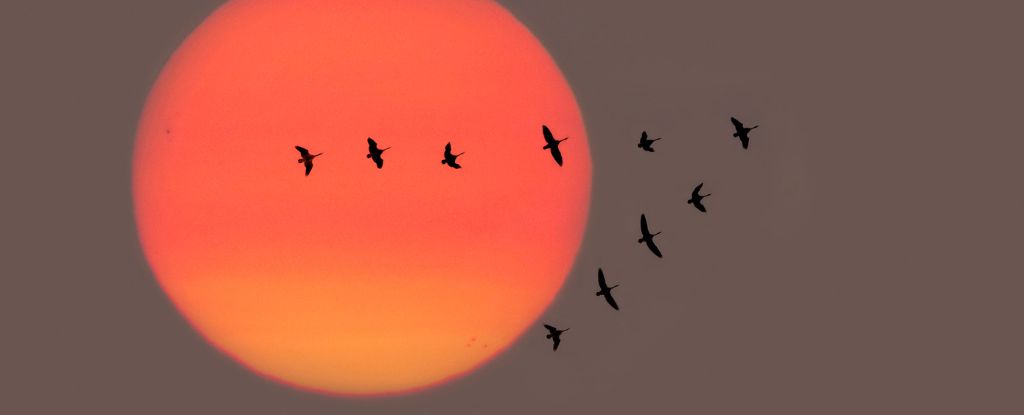
The new findings suggest that magnetoreception could be much more common in the animal kingdom than we ever knew. If researchers are right, it might be an astonishingly ancient trait shared by virtually all living things, albeit with differing strengths. The study was published in Nature.
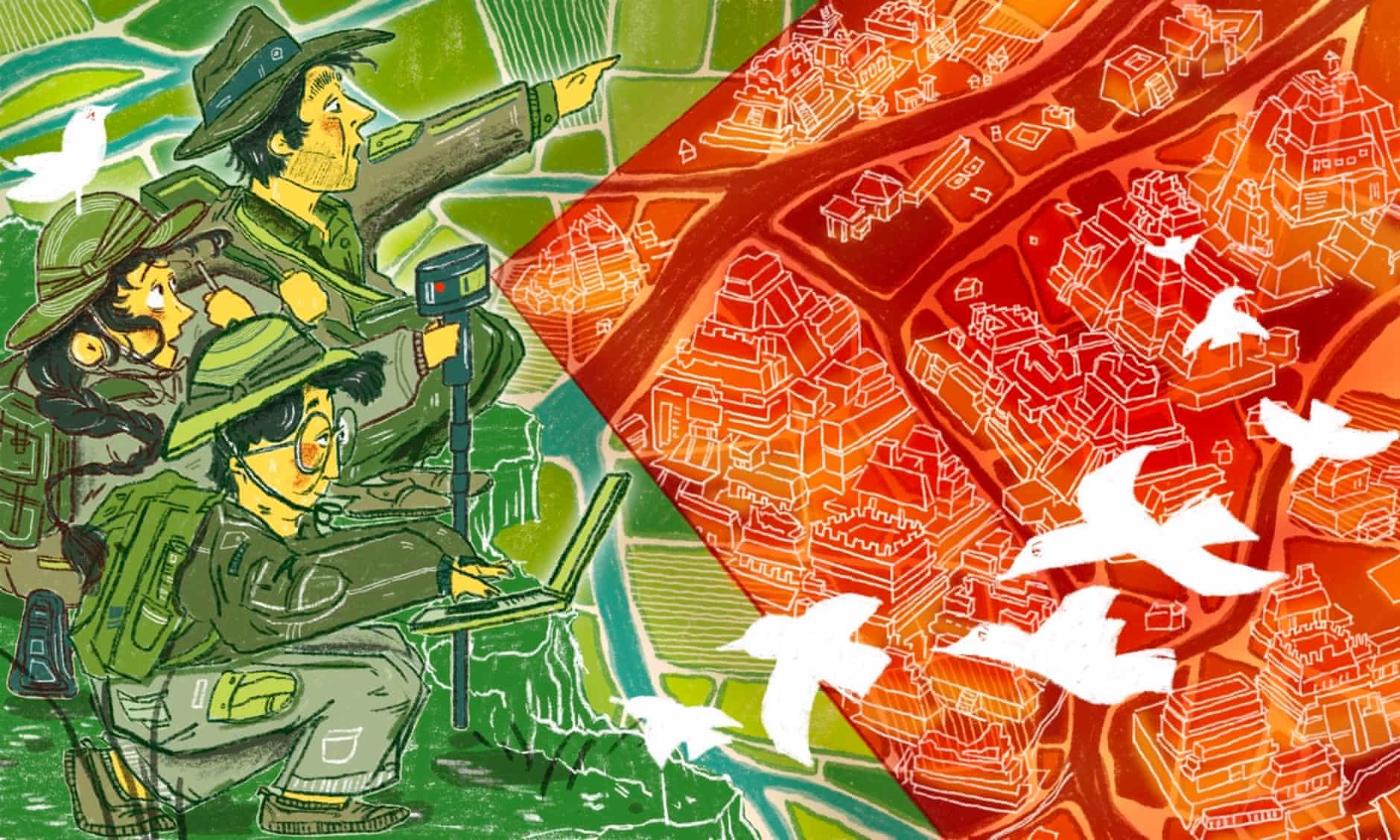
The endless excavations of yesteryear are no longer the best solution. Big digs aren’t the big idea they once were: mapping the human archaeological record is now moving upward, into the sky.

Over thousands of years, Indigenous communities have cultivated relationships with and accumulated knowledge on psychedelics such as psilocybin mushrooms, the Amazonian botanical brew ayahuasca, and the West African shrub iboga.
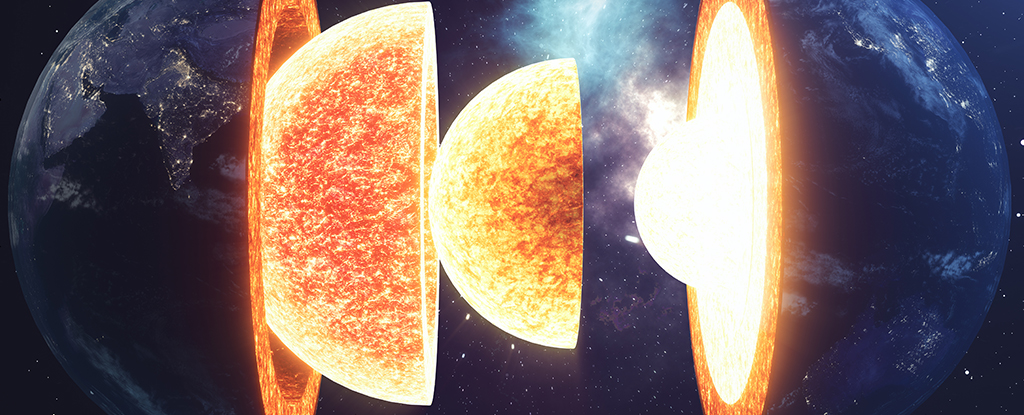
A new analysis of Earth’s innards suggests the presence of an inner core within the inner core – a dense ball of iron at the very center of our planet.





